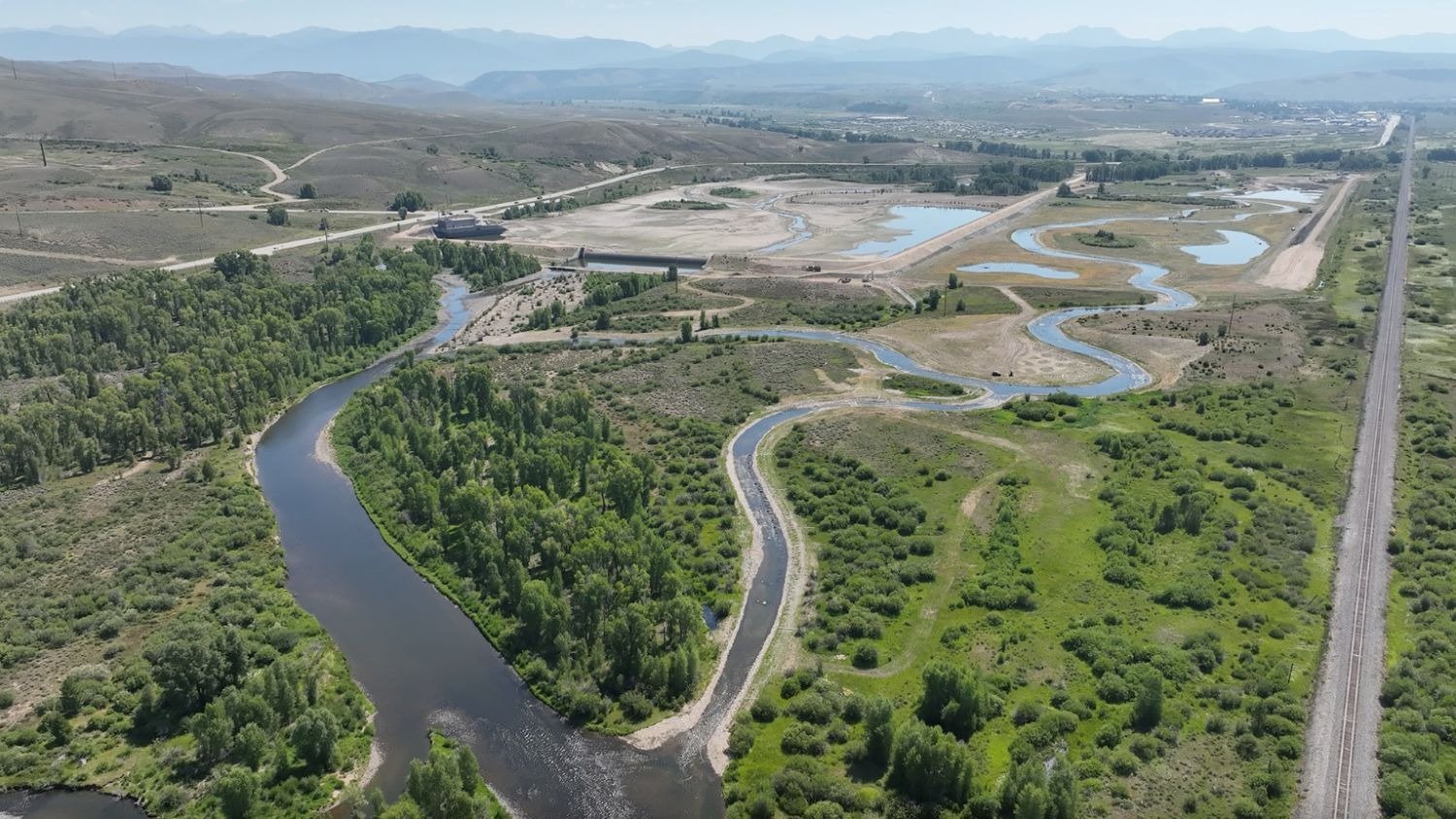Take action before July 31st to restore protections for Colorado's most important resource.
[button_small link="http://www.regulations.gov/#!submitComment;D=EPA-HQ-OW-2011-0409-0001"]Click Here to Write a Letter[/button_small]
Problem
Today, more than 76,000 miles (or 76%) of Colorado's rivers and streams are currently under threat - lacking adequate protection previously provided under the Clean Water Act. Fortunately, in April 2011, the Obama administration took an important step toward restoring Clean Water Act protections to critical wetlands and waters with new administrative guidance on the definition of “waters of the United States.” The proposed guidance would clarify which waters and wetlands are covered under the Clean Water Act, adding certainty to the regulatory process and restoring protections to tributaries, headwaters and wetlands that have been in limbo for a decade.
To ensure Colorado's rivers receive the protection they deserve and remain healthy enough to support fish, families, and recreation opportunities, please take a moment to write a letter to the EPA in support of the revised guidelines.
About the Clean Water Act
Passed into law in 1972, the Clean Water Act was intended to keep our nation's water supply clean by preventing the unregulated discharge of harmful toxins and pollutants like Arsenic, Chloroform , Lead, Mercury and Cyanide into our nations lakes, rivers and streams - the very places that provide drinking water to our families, sustain our nation's farmers and food supply, and support bountiful recreation opportunities like hunting, fishing and boating.
Two recent Supreme Court cases (Solid Waste Agency of Northern Cook County vs. United States Army Corps of Engineers and Rapanos vs. United States) changed all that - by deciding that the Clean Water Act was only applicable to 'navigable' streams, rivers, and lakes. Nationwide, these Supreme Court decisions removed protections for over 20 million acres of wetlands and 2 million stream miles.
Take Action
The EPA is collecting comments on the revised Clean Water Act guidance until July 31st, 2011. As sportmen and women who care about keeping our state and our nation's rivers streams clean, the EPA needs to hear from you.







